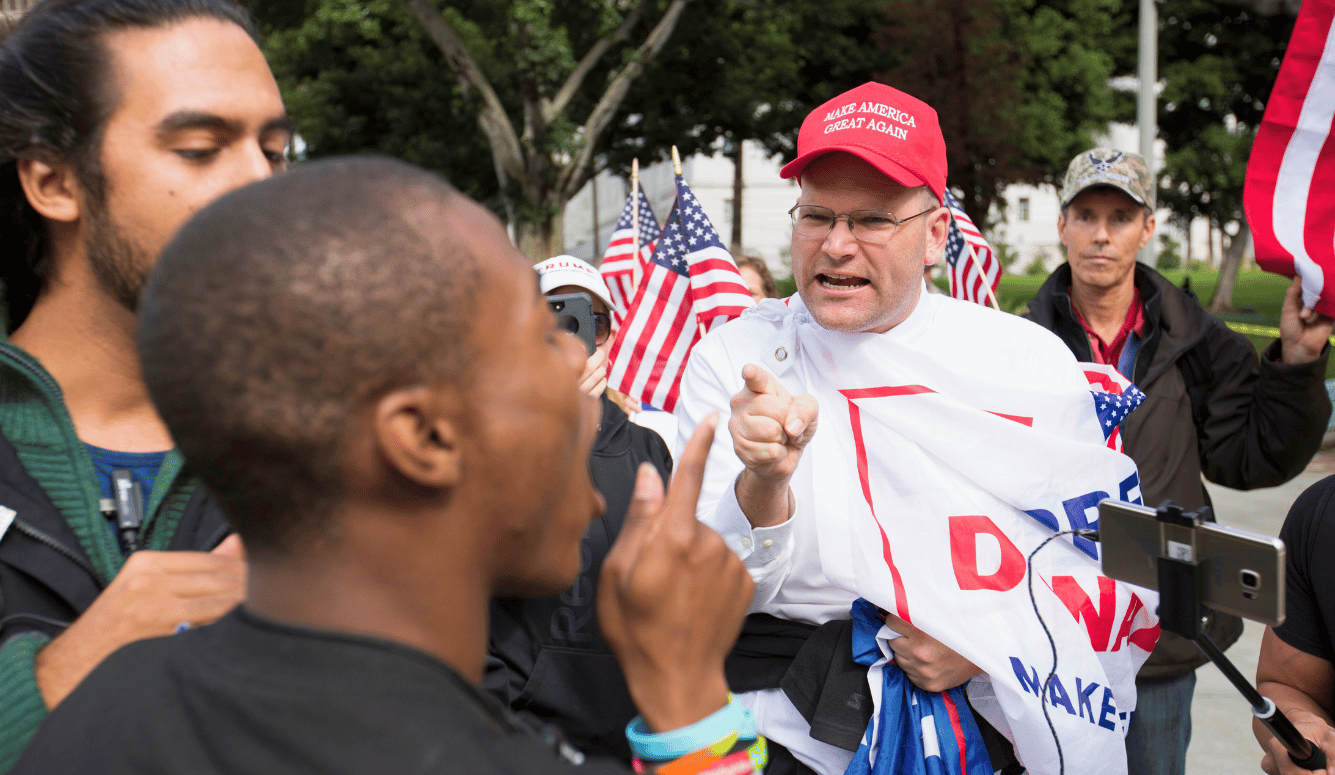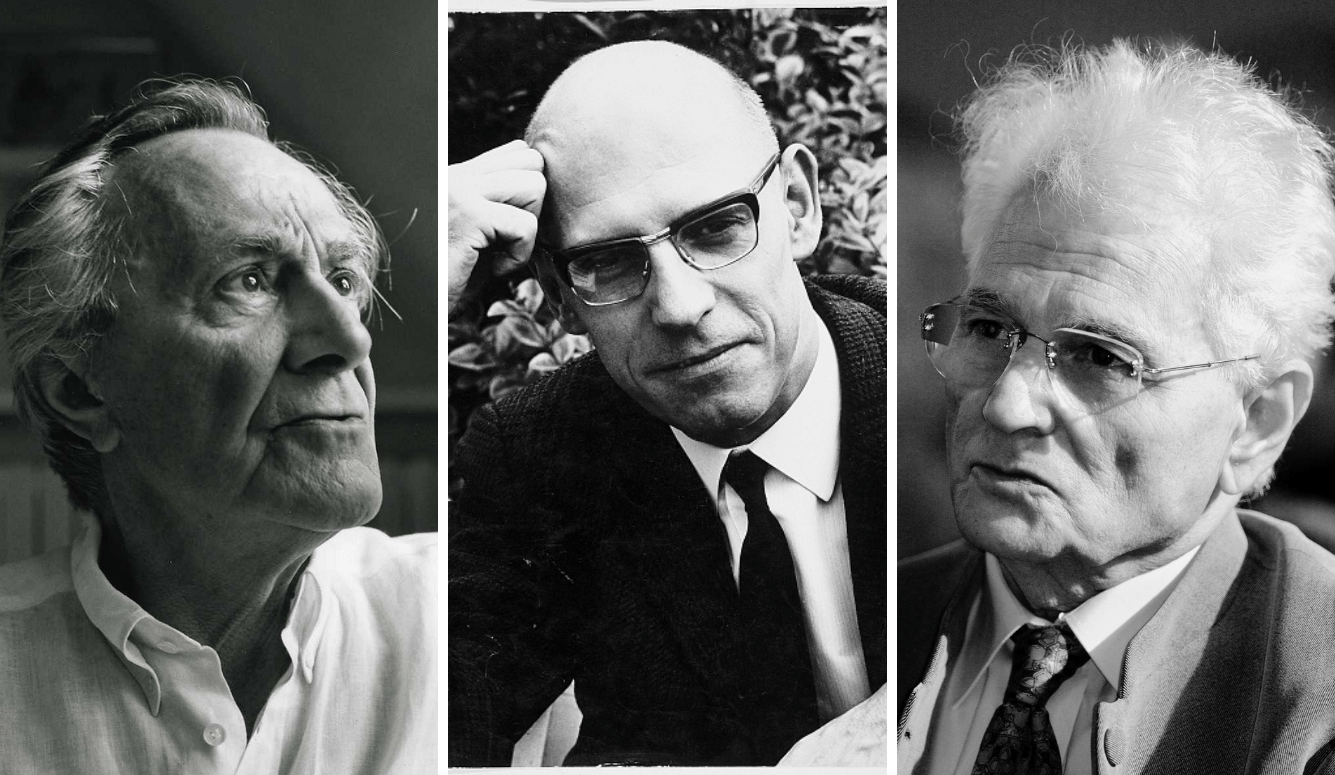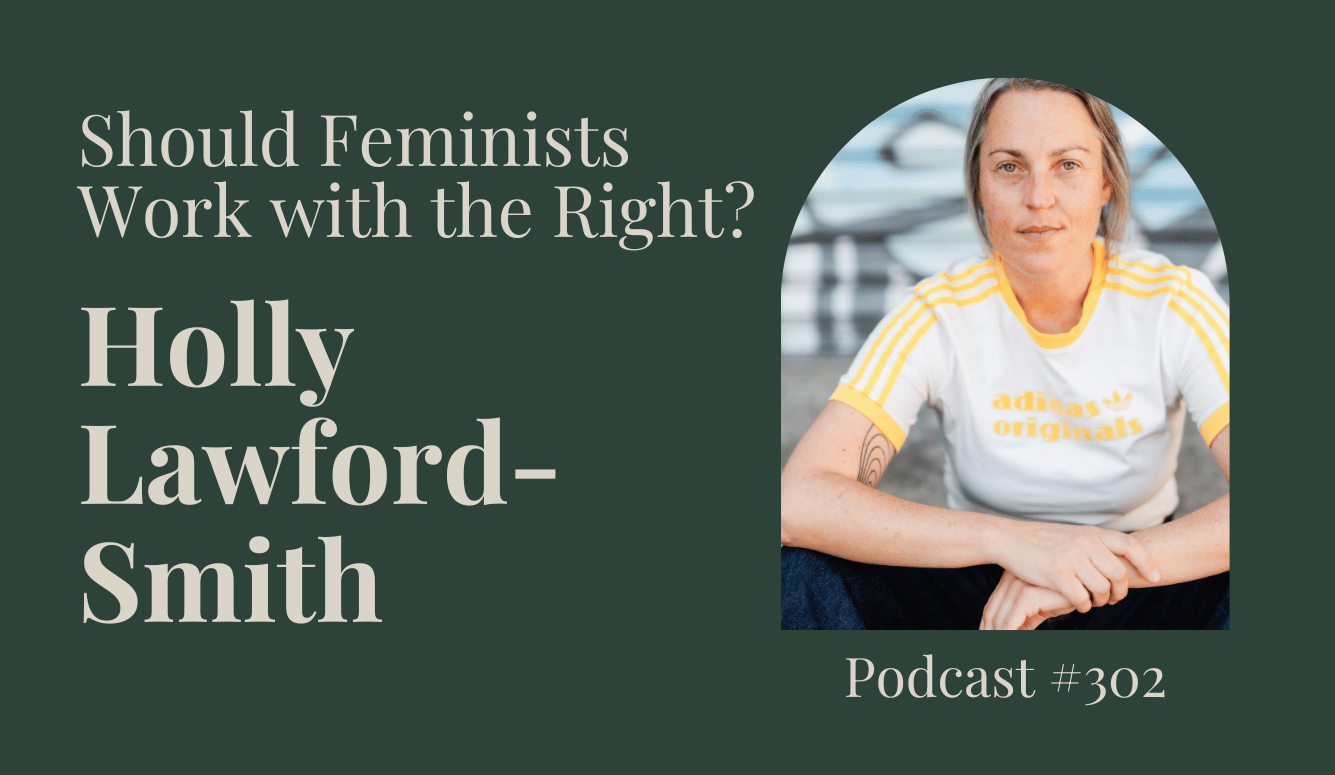Canada
"White Women Tears"—Critical Theory on Lindsay Shepherd
Critical Theory was on the oppressive nature of mass consumerism which is closely linked to capitalism but it gradually expanded to cover almost every area of human relations.

Two weeks ago, I analysed an incident at Wilfrid Laurier University, where teaching assistant Lindsay Shepherd was reprimanded for playing a video clip from a televised debate on the compelled use of gender pronouns, and I connected it to the influence of Critical Theory in academia. Last week, I defended Jordan B. Peterson—a Canadian psychology professor who was part of the debate Shepherd played and who became a central figure in the Laurier media coverage—against criticism that he’s a far-right ideologue who misunderstands what he’s criticising. In this article, the final one in the series, I examine what I perceive to be two important flaws in Critical Theory, and show that understanding these flaws helps make sense of the seemingly inexplicable reactions to the Laurier incident by some students and faculty.
* * *
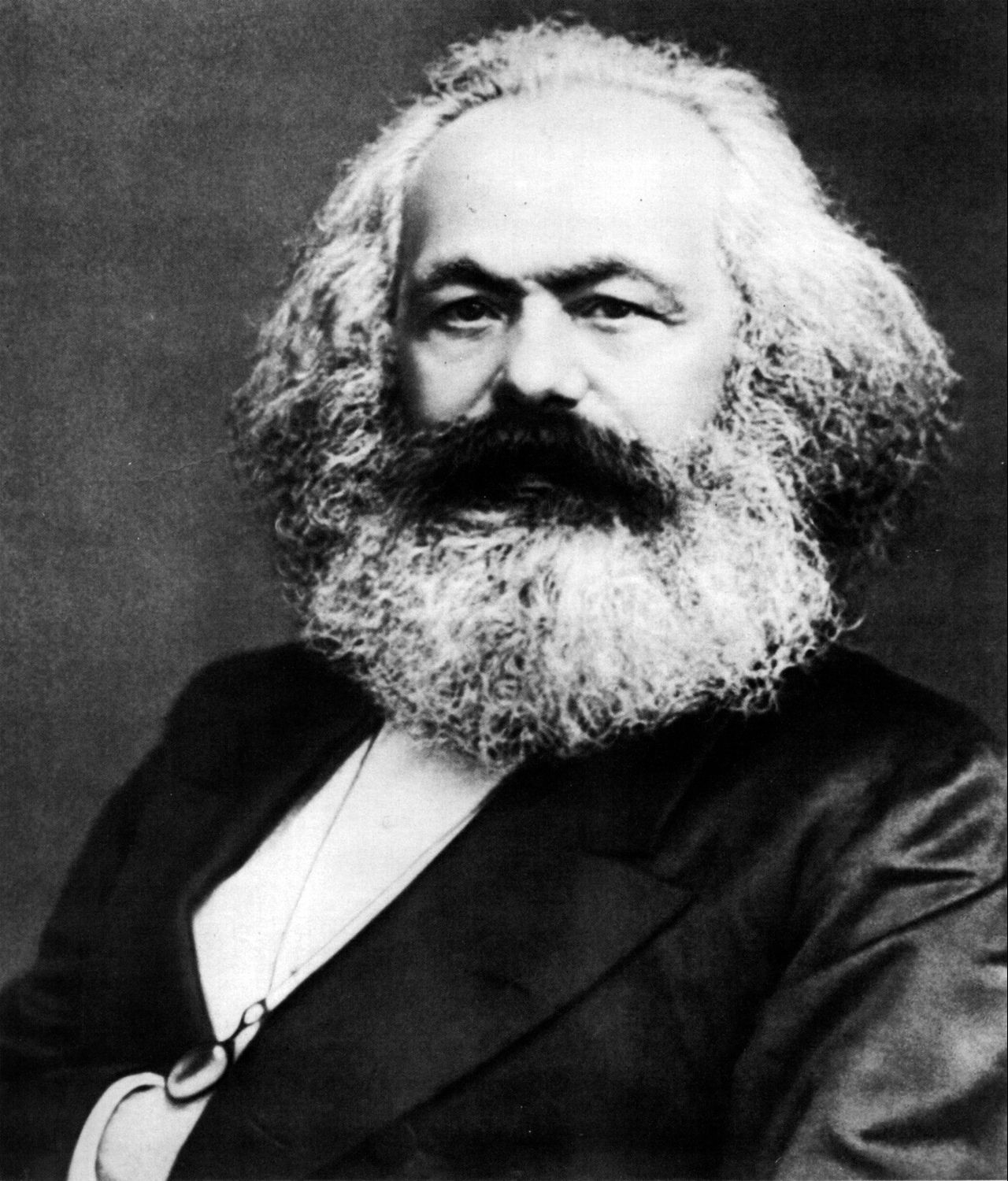
As I mentioned in the first article, Critical Theory is a methodology developed by a group of Marxian social scientists during the early-to-mid 20th century, motivated by the belief that traditional scientific methodology—which concerns itself with describing, explaining, and predicting the world—is ineffective at producing societal change. Instead, they defined a purpose for their science: to liberate people from oppression. This idea can be traced back to Karl Marx’s famous statement that “Philosophers have hitherto only interpreted the world in various ways; the point is to change it”.
Initially, the focus of Critical Theory was on the oppressive nature of mass consumerism—which is closely linked to capitalism—but it gradually expanded to cover almost every area of human relations: language, social institutions, family structure, pedagogy, gender, race, and health, to name a few. There is virtually no area that can’t be studied through Critical Theory:
Consequently, distinct subdisciplines have emerged: critical race theory, critical pedagogy, and critical legal studies, for example. It’s not always obvious from the discipline’s name that it’s a branch of Critical Theory, as is the case with cultural studies. (The class Shepherd taught was called Canadian Communication in Context, although her professor referred to it as a ‘critical communications class’ during their meeting. He later stated that his course attempts to teach from a social justice perspective.)
Don’t be misled by the term ‘critical’. In my article defending Peterson, I showed how English professor Ira Wells defined ‘critical’ as the questioning of power hierarchies, which is much narrower than the dictionary definition.
Rambukkana and Pimlott may not have seen the TVOntario debate that Shepherd showed in class. However, they insisted that Shepherd should have been critical in her presentation of it. By that, they don’t mean being critical in the pursuit of truth. They wanted her to question power heirarchies. In their view, Peterson represents a power hierarchy that oppresses transgender people, hence, it’s only Peterson towards whom one must be critical. The labelling of gender pronoun discussion as gender violence is built on this approach towards discourse and inquiry. Granted, Rambukkana and Pimlott were responding to a student’s complaint (although there is some question over whether documentation of the complaint ever existed).

* * *
It’s important to note that the liberation methodology (sometimes called the emancipatory methodology) of Critical Theory has also been integrated to various degrees in many other fields. What matters is not the label, but the methodology. Consider a recommendation overview for feminist research by sociology professor Maria Mies. Among the recommendations are:
(3) The contemplative, uninvolved ‘spectator knowledge’ must be replaced by active participation in action, movements, and struggles for women’s emancipation. The motto for this approach could be: ‘If you want to know a thing, you must change it’. (4) [This] further implies that the change of the status quo becomes the starting point for a scientific quest.
Whether or not this type of feminist research explicitly identifies as Critical Theory, it clearly falls within the methodology I’ve outlined, because its purpose is liberation. Consequently, looking only at disciplines that label themselves Critical Theory underestimates the extent to which this methodology has spread through the humanities and social sciences. Consider this statement at the end of a Facebook post by a Laurier communications graduate student criticising Shepherd for playing the televised Peterson debate:
A gender studies course might discuss identity politics with an experienced and knowledgeable leader, but a first-year grammar class taught by a dispassionate Master’s student is a different story.
Notice how professors are referred to as ‘leader’, and how ‘dispassionate’ is a criticism. This is activism masquerading as academia.
In fact, some of the statements by Laurier students are reminiscent of a letter written by three students at Pomona College earlier this year and co-signed by 24 others, in response to a letter by the college president appealing to free speech. The letter, in addition to rejecting free speech, contains the following:
Protest that doesn’t disrupt the status quo is benign and doesn’t function to overthrow systems of oppression, which is the ultimate goal.
* * *
It’s easy to see how this follows from Critical Theory methodology. If you start your inquiry with the defined purpose of liberating people from oppression, the next logical step is to construe society as a set of ‘systems of oppression’, from which people can be liberated, and then to personify them. Academics pursuing this methodology are invariably in the social sciences or humanities and are going to attribute causes based on what they know: people. To borrow again from the Pomona letter:
Historically, white supremacy has venerated the idea of objectivity, and wielded a dichotomy of ‘subjectivity vs. objectivity’ as a means of silencing oppressed peoples. The idea that there is a single truth–’the Truth’–is a construct of the Euro-West that is deeply rooted in the Enlightenment, which was a movement that also described Black and Brown people as both subhuman and impervious to pain. This construction is a myth and white supremacy, imperialism, colonization, capitalism, and the United States of America are all of its progeny. The idea that the truth is an entity for which we must search, in matters that endanger our abilities to exist in open spaces, is an attempt to silence oppressed peoples.
The natural consequence of all this is the gradual adoption of social constructivism, which provides the strongest possible rationalisation for the view that everything is caused by people striving for power: there is only people, everything else, including nature, is just a construct. Furthermore, one can say that the most powerful people are the ones driving the social construction, thus even the social construction itself becomes a system of oppression. It’s therefore also no surprise that German Idealism, especially the work of G. W. F. Hegel, has been drawn upon repeatedly in Critical Theory environments. Hegel envisioned the world as a giant mind that proceeds over time through an intellectual process towards complete understanding, as contradictions are overcome. This allows for a radical conception of liberation. All limitations can be construed as the product of incomplete understanding. If this sounds remarkably like religious mysticism, it’s no coincidence. Streams of thought like this have existed in both the East and West for thousands of years. (Hegel was inspired by Christian mysticism.)
This produces a view of freedom that is radically different from that of classical liberals, who saw freedom as the creation of a society that prohibited the natural inclinations of people to exert force against each other. Human nature, as well as the natural environment within which human societies reside, set limits on human freedom. Yet for social constructionists, achieving freedom is an intellectual process towards a state of complete understanding, where limiting beliefs have been overcome. Neither human nature nor the natural world are fundamental limits on human freedom, since they ultimately are social constructs as well.

This isn’t to say that everyone who follows a Critical Theory methodology is a full-blown social constructionist, of course. Social constructionism is simply something that can be invoked to the degree necessary to rationalise the rest of the methodology. (For example, when Nicholas Matte claimed there’s no such thing as biological sex in the TVOntario debate with Jordan Peterson, I doubt it’s because he has much genuine interest in biology; it’s a way to rationalise his desire to liberate people from the limitation of gender.)
In short, once someone starts by defining the purpose of scientific inquiry as liberating people from oppression, it naturally follows to construe the world as a set of oppressive systems, since that is the focus. It then follows, especially for those whose field of study is people, to personify these systems as the desires of powerful groups of people. Finally, it follows to appeal to social constructionism as a way to minimise or avoid alternative explanations from nonhuman (i.e., natural) causes. These aren’t strictly necessary links, but it’s easy to see why it would turn out this way in practice.
* * *
There are two main problems with this methodology. The first, which I mentioned in my article defending Peterson, is that by construing the world as a set of systems of oppression, one loses sight of the fact that societal structures have functions. This goes back to Karl Marx. For Marx, capitalism was a system of oppression, and society would be better off when it was gone. Yet, in places where communism has been attempted, people have not been better off. Why?
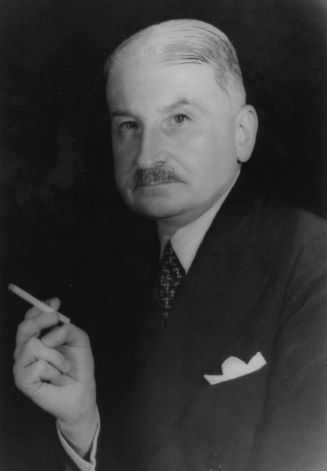
Economist Ludwig von Mises showed in 1920 that communism couldn’t succeed, because capitalism provides a critical societal function: when large numbers of people participate in markets, they not only trade goods, but also information about their individual needs and preferences, which can change as circumstances change. Without private property there’s no mechanism to achieve this, and production becomes increasingly detached from the needs of the people.
Perhaps the best example of the dangers of radically destructuring society to overthrow oppression was demonstrated by Pol Pot and the Khmer Rouge. After seizing power, the Khmer Rouge forcefully relocated millions of Cambodians from the cities to rural areas, where they were to form a classless, agricultural society. Private property was confiscated, money abolished, religion banned, books burned, merchants and intellectuals killed, anyone suspected of subversive activity executed, institutions closed, families broken up, language changed to delete class references, and culture changed to remove traditional signs of deference and to force social activities like eating together at all times.
In attempting to create a classless society, the Khmer Rouge forcefully eliminated all the structure that allowed Cambodian society to function. What might have seemed like systems of oppression to the Khmer Rouge were actually vital societal structures. In the span of four years, more than two million Cambodians died, and another two million were on the verge of death when they were rescued by foreign aid, out of a total population of eight million.
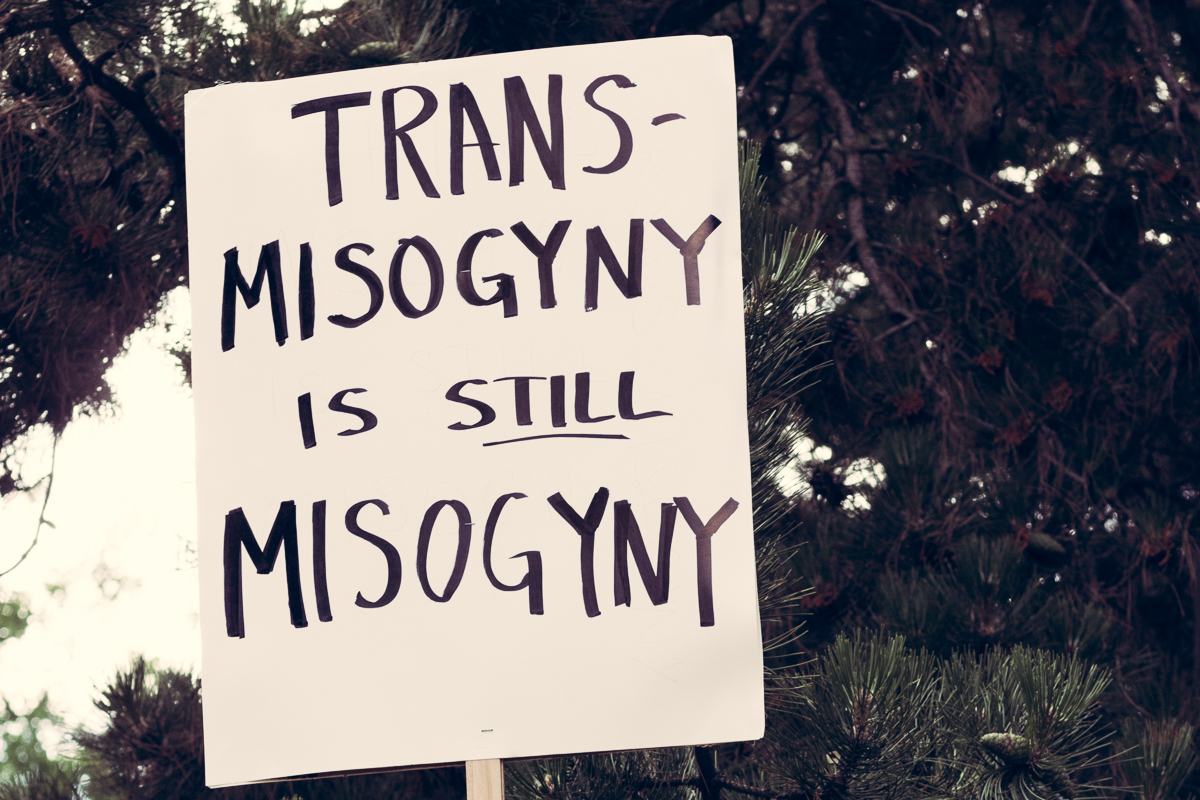
What’s especially telling about Cambodia under the Khmer Rouge is that there was an element of anti-intellectualism and counter-Enlightenment ideology more reminiscent of newer Marxian streams (including Critical Theory) than original Marxism, and which seemingly made the situation even worse. (Many of the Khmer Rouge leaders studied in Paris during the 1950s, and participated in French Marxist groups.) To a large extent this demonstrates that the more extensively one identifies and overthrows ‘systems of oppression’, the more extensively one tears away the structure that makes society function.
* * *
In the long run, this is the most serious problem with Critical Theory being the guiding academic methodology. Construing all societal structures as systems of oppression to be overthrown will eventually lead to societal collapse, if not resisted. But there’s a second problem that is more immediate, I think, and has been in full display in the wake of the Laurier incident.
In an interview on the Rubin Report, Shepherd mentioned something interesting. People have criticised her not only for bullying her students, but for bullying professor Nathan Rambukkana, who is her supervisor and the man who did most of the talking during the recorded meeting. Here Shepherd recites the criticism:
I bullied the students, but also I bullied Professor Rambukkana, because he’s a person of colour and I’m white. And so I used my white woman tears to overstep my boundaries and step all over his job, just because he’s a racialised body.
It seems incredible that someone could listen to the recording of the meeting between Shepherd and the three faculty members and come away thinking that she was using ‘her white woman tears’ to bully Rambukkana. It seems far more plausible to me that she’s crying because she’s upset and intimidated by three superiors accusing her of transphobia and gender violence. Presumably, she would have responded similarly if Pimlott, a white man, had done most of the talking. Or for that matter, if she herself had been of colour.
Here are the relevant quotes in an article shared widely on social media that made these claims:
Shepherd seems almost willfully blind to the ways by which speech acts, including the loaded history of white women tears, can indeed, incite physical and verbal violence. […] Others, myself included, who reached out to her to highlight the way in which historically rooted theatrics of white tears were mobilized to ultimately dismiss an untenured professor of colour, she dismissed and lampooned these allegations, questioning the basis of claims that she might be transphobic or racist. […] It’s true that Laurier did a rather poor job of handling all of this, but I do think they threw an untenured professor of colour under the bus to avoid media scrutiny. His only mistake was comparing Jordan Peterson to someone who committed genocide, when in reality, he is better compared to someone who denies genocide ever happened.
Karl Marx based much of his work around a historical narrative, known as historical materialism. Critical Theory seems to rely on the same type of approach, explaining societal phenomena through historical narratives, in this case race and gender. And as with Marx’s narrative, they are far too simplistic to provide a good account. Which leads to articulating the second problem: not only does Critical Theory seem to overemphasise the importance of oppression and power, but it doesn’t even seem to understand these things very well, since it insists on using simplistic historical narratives.
Anyone who thinks concepts like "white tears" and "white fragility" are "racist" is ignorant at best, a white supremacist at worst. I think I know which way @NewWorldHominin leans now.
— Aadita Chaudhury (@ThylacineReport) November 25, 2017
It makes sense to consider power dynamics when considering Shepherd’s Laurier meeting, as part of a broader analysis. Yet, it makes very little sense to do so based on a historical narrative of white women and men of colour. A far more useful analysis would consider the fact that Shepherd was outnumbered three to one, or that Rambukkana is her supervisor, or that a person from the office of Gendered Violence Protection and Support was in the meeting. These things explain the power dynamics in the meeting quite well, it seems to me, while race and gender explain almost nothing. The fact that some of Shepherd’s critics want to invoke a historical narrative of ‘white woman plays the victim-card to get man of colour in trouble’ to explain the meeting suggests a deeper ideological commitment.
This commitment to historical narrative is common. Consider a tweet by Canadian journalist Jonathan Kay:
i once tried to run a story about this at my old job. but some of my colleagues went nuts and, being halfway out the door anyway, I stood down.
the stats I saw were amazing. many faculties are 2/3 female. but pointing that out means you're a presumed misogynist https://t.co/yv58ZFdlWd
— Jonathan Kay (@jonkay) December 6, 2017
Despite the fact that many faculties are majority women, reporting on it is considered inappropriate. Why? Because there’s a historical narrative that women are oppressed, and that narrative is tightly protected, even against nuance. This type of approach has nothing to do with science, of course, where models are updated to fit the evidence. In fact, it’s far more reminiscent of Marxists refusing to give up their historical narrative in the face of counter-evidence. (The philosopher Karl Popper criticised Marxism for precisely this reason.)
The danger of this is that students indoctrinated with these views are increasingly populating mid-level administrative positions outside academia. Do we really want a society where administrative positions are populated by people who analyse workplace situations through historical narratives of oppression? Do we want companies making workplace decisions based on preconceived ideas of white men being tyrants, white women being wolves in sheep’s clothing, and everyone else being victims? Do we really want twenty-something employees being admonished by their bosses for ‘white fragility’ and ‘white tears’?

